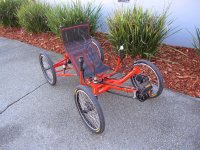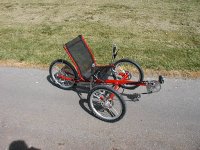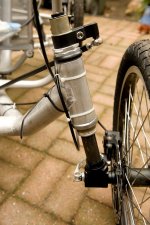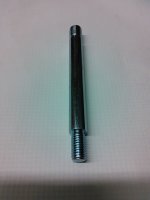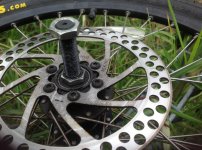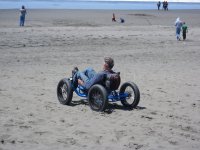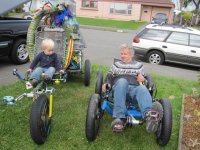memeticmusic
1 mW
I am building a tilting E-velomobile (around 130kg including me), 1 hub motor in the back , 2 24" front wheels with suspension. I have 2 hope tech pro 5 20mmx110mm hubs. I will have the axles custom machined. I was thinking of using titanium for the axles, is that overkill? I don't trust aluminum, is mild steel enough? tube or bar? will be used on rough roads and gravel. Looking for suggestions.
Thank you
Thank you


